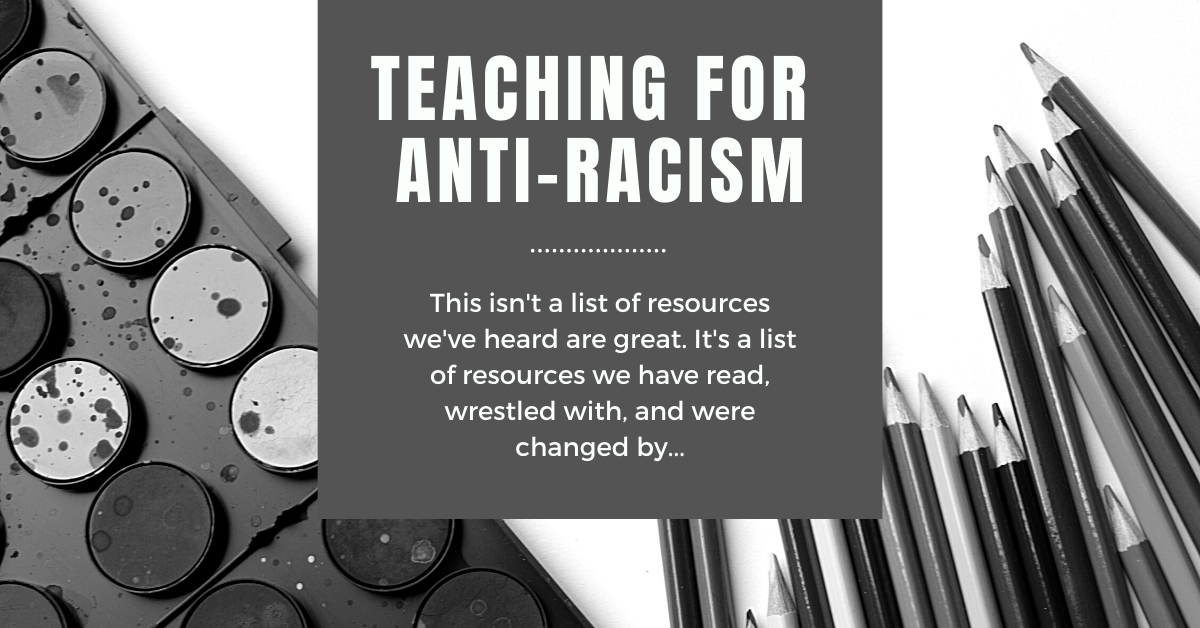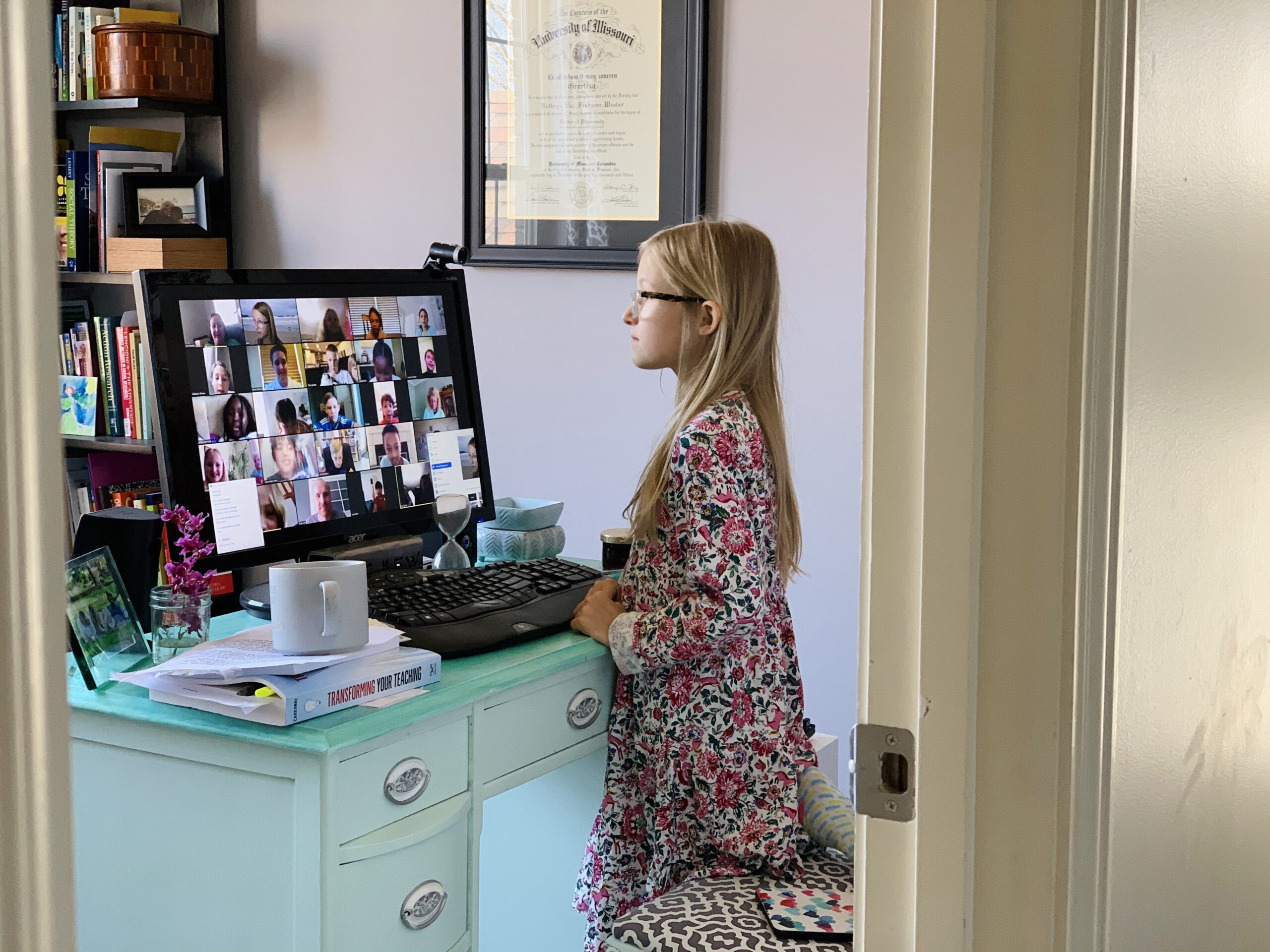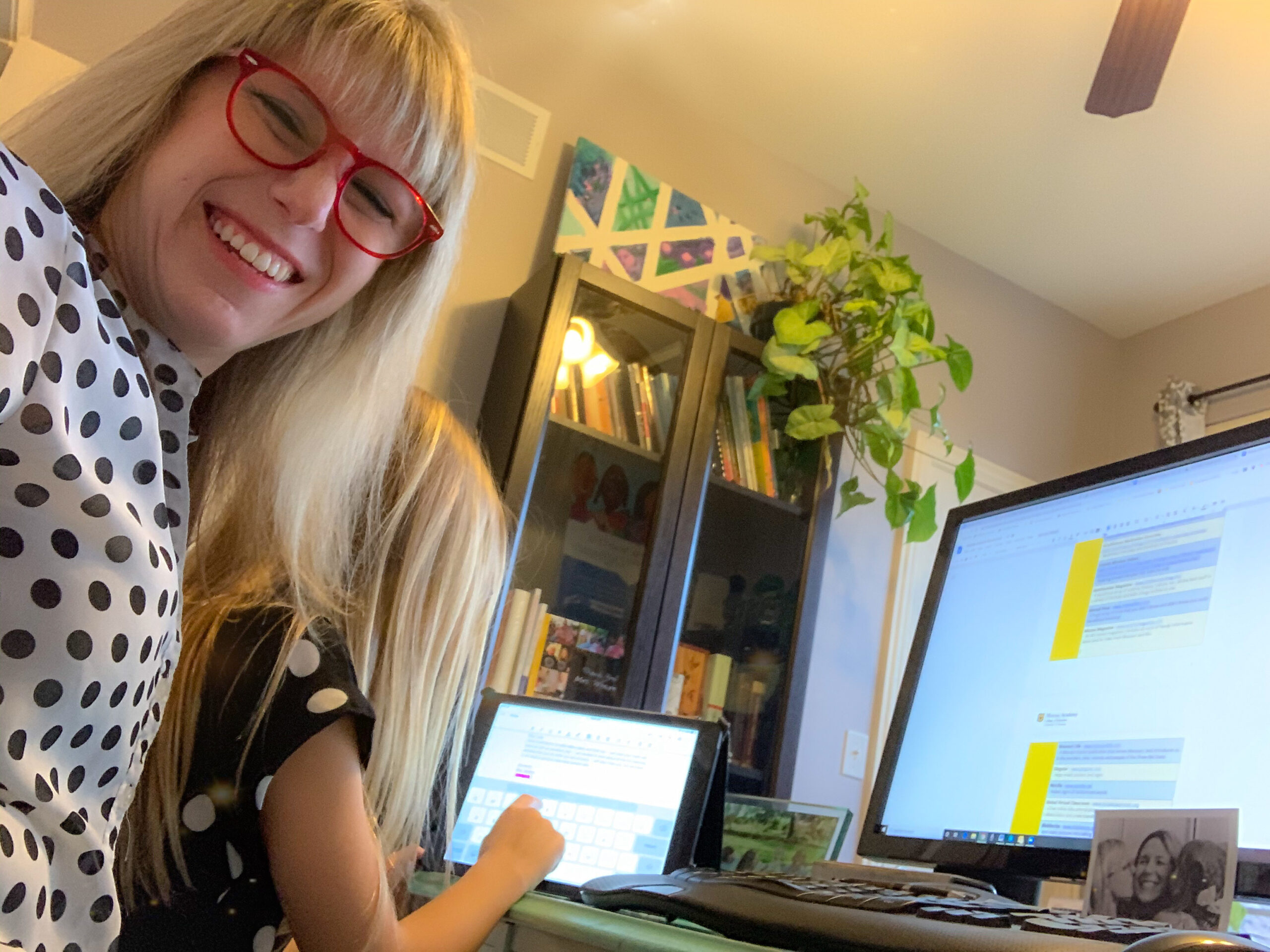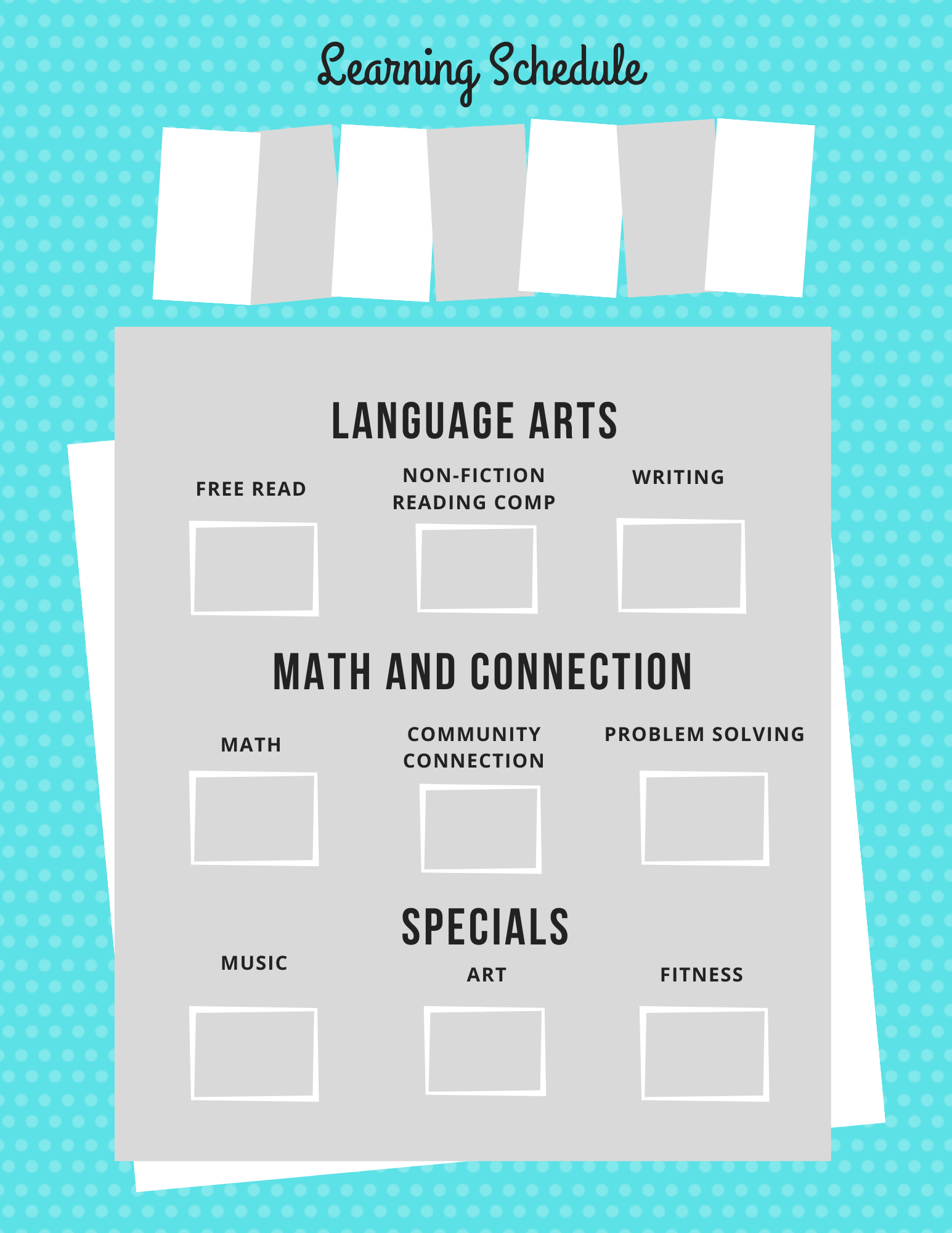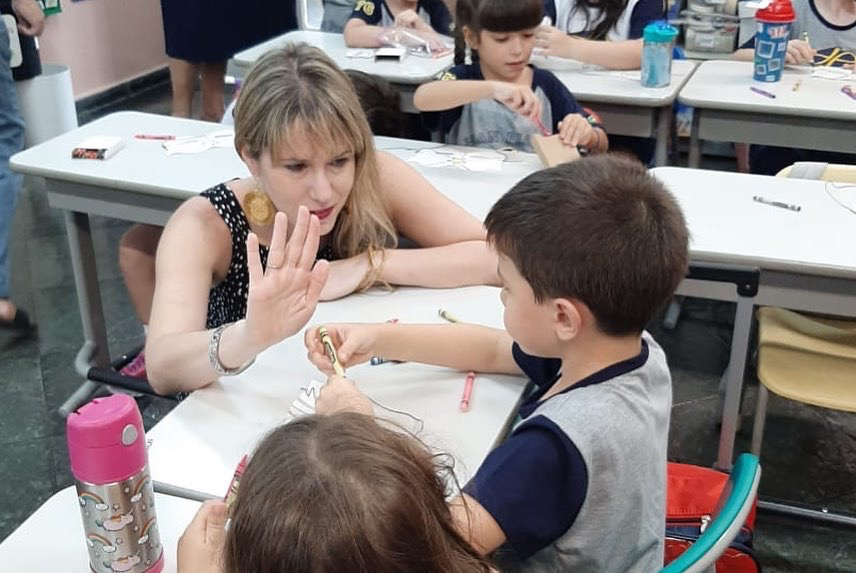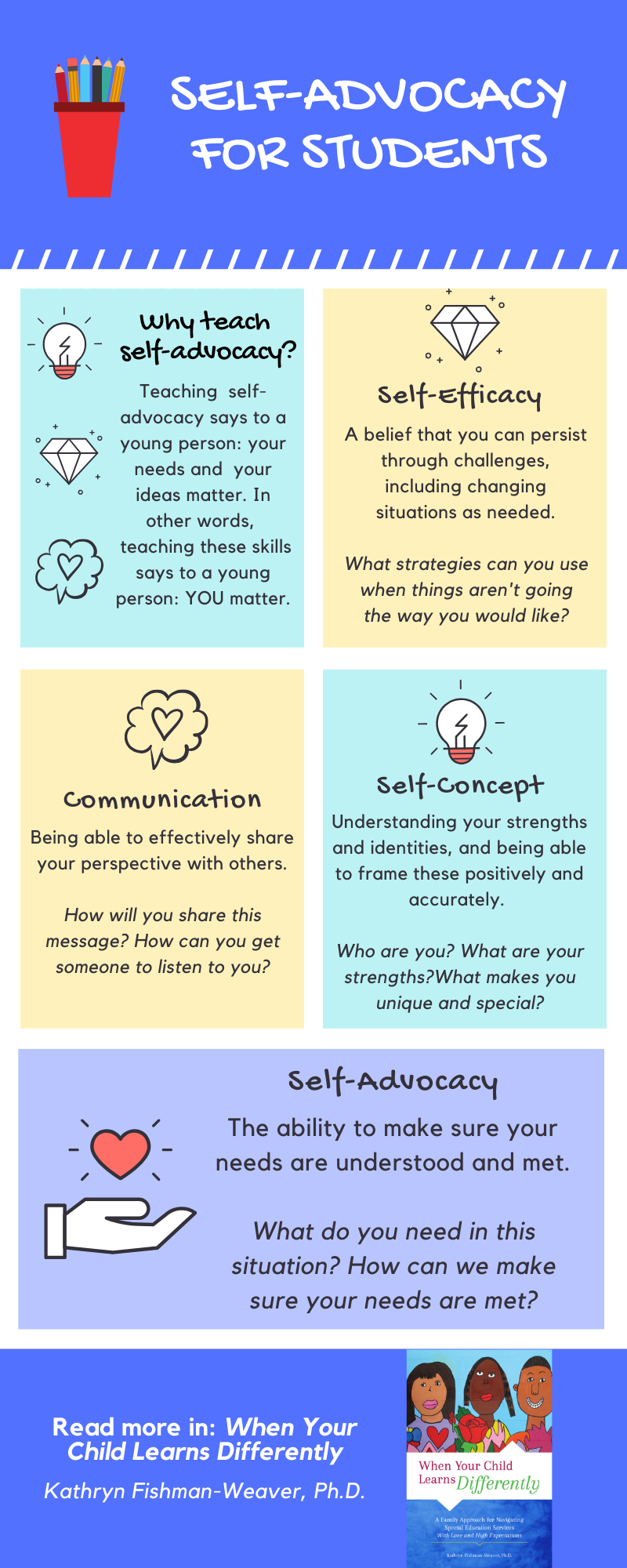Can you read, love, or friend your way into fully understanding the lived experiences of another person or cultural group? If not, does this mean you should stop reading, loving, or practicing friendship? In fact, it is just the opposite. Teaching for anti-racism requires that we seek a greater understanding of cultural groups, as well as the conditions, systems, and structures that contribute to racism. Further, it acknowledges that we understand there are things we will never fully understand. Teaching for anti-racism requires us to center the voices of people of color in our curriculum, classrooms, and conversations; to celebrate, affirm, value, and learn from those who show us how to show up and be better. For this reason, in this historical moment, this document only points to resources authored by Black scholars, reporters, producers, poets, and authors.
There are many excellent classroom book-lists about race and racism circulating the interwebs right now. We are thrilled to see these and link to several in the last section of this document. As a school community, we also wanted us to share our own list of resources that have personally mattered to us in our own work around anti-racism.
We wrote to this prompt: “Share resources that matter to YOU, have expanded your worldview, enhanced your teaching, etc. This isn’t a list of resources you’ve heard are great. It’s a list of resources you have already read, wrestled with, and left changed by.”
Key Concepts
As with any teaching resource, we want to start by defining some key terms.
- Race – refers to culture. This is a term used to define groups of people with similar physical and cultural characteristics. Race is a social construct that is defined differently across cultures.
- Racism – refers to power and privilege. Racism is a system that unfairly gives certain groups power, access, and privilege over other groups.
- Anti-Racism – the active and intentional process of identifying, resisting, and dismantling racism by changing systems, policies, practices, and attitudes so that communities are safe, people are affirmed and valued, and power is distributed equitably. (See especially Ibram X. Kendi’s work.)
- Education – “The most powerful weapon which you can use to change the world.” -Nelson Mandela
Resources for Teachers
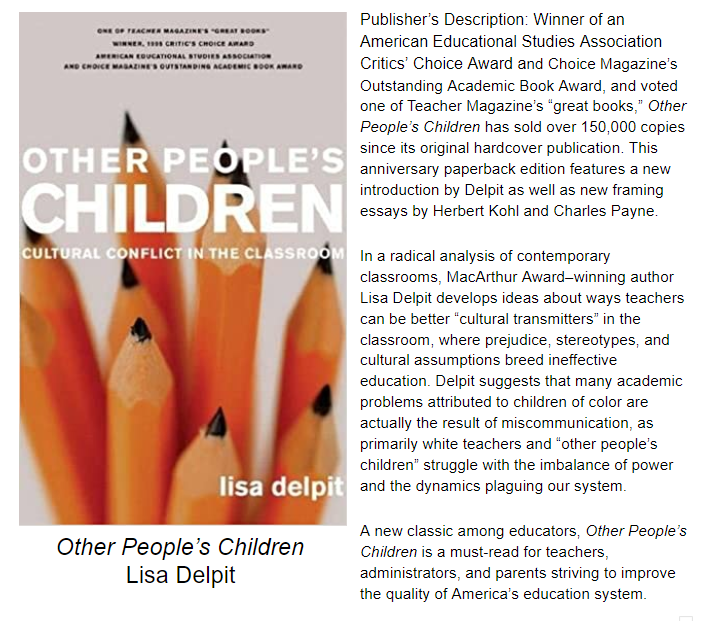
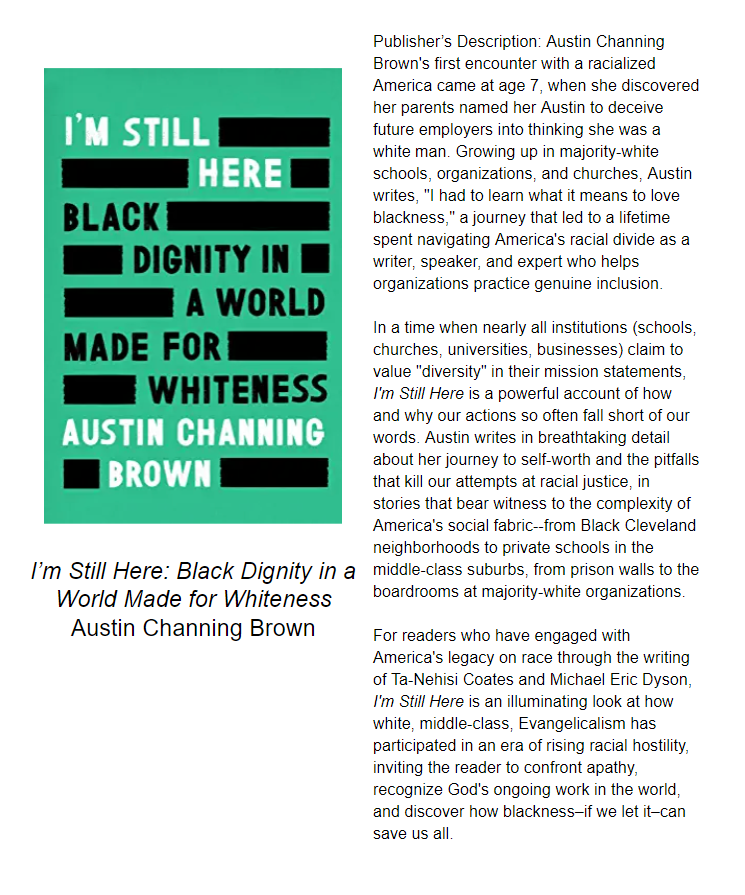
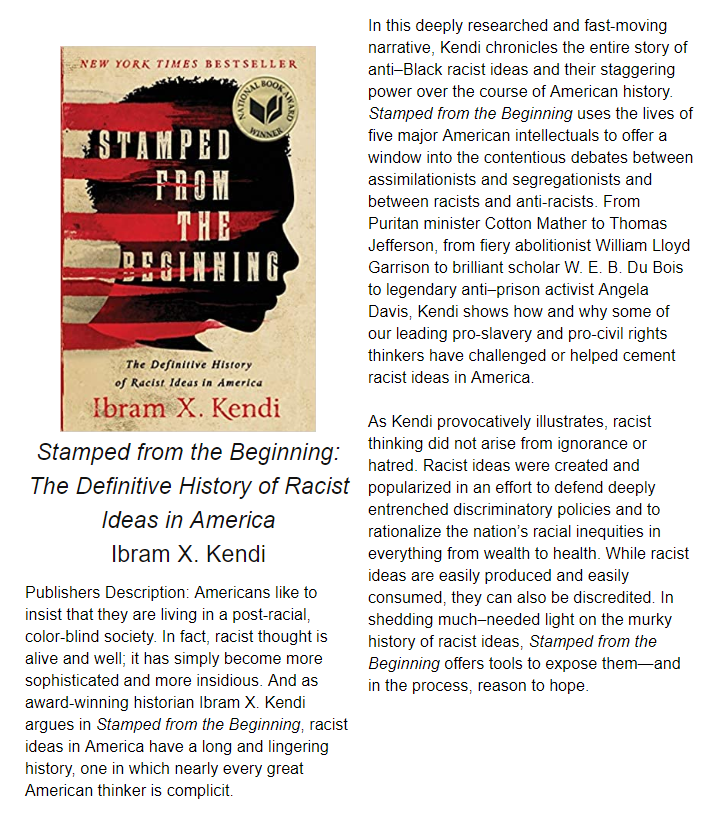
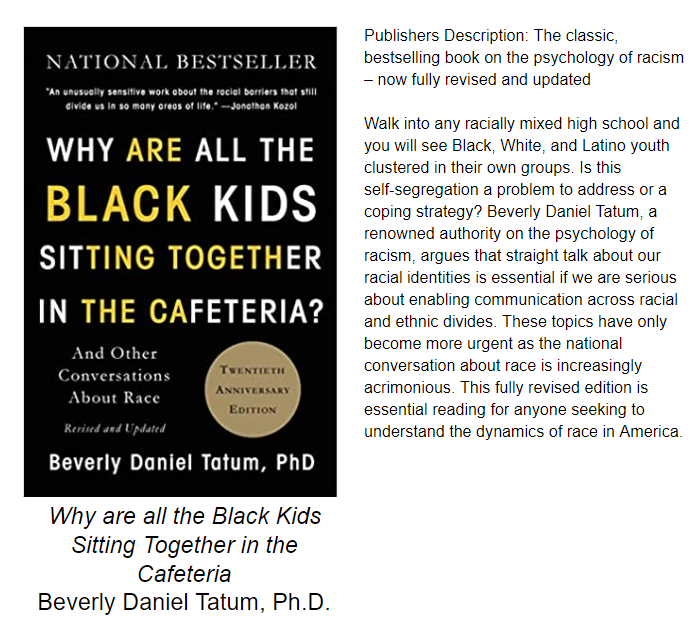
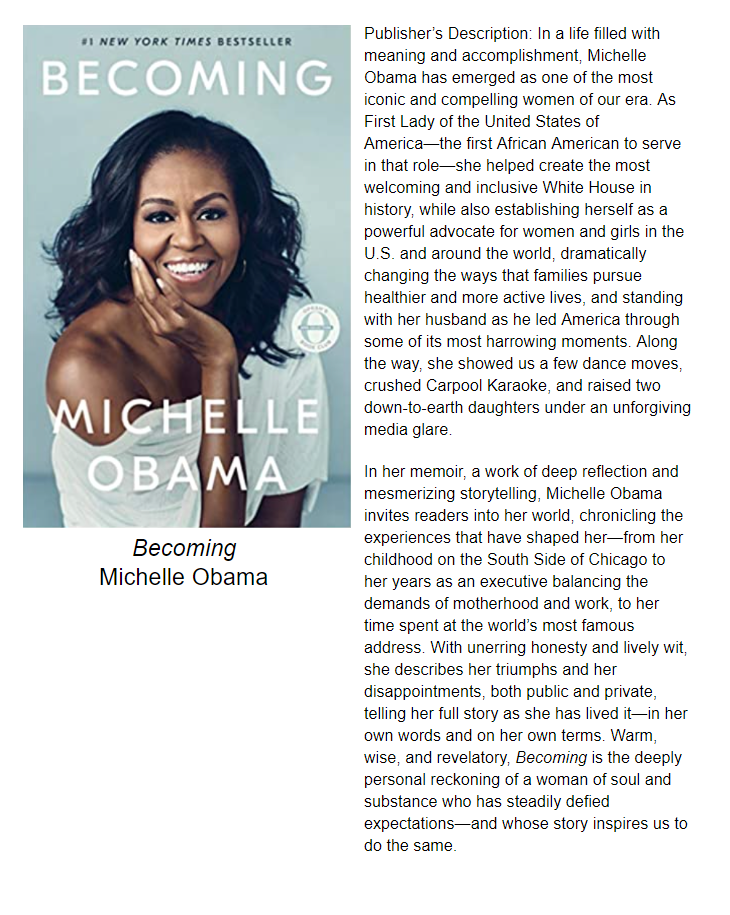
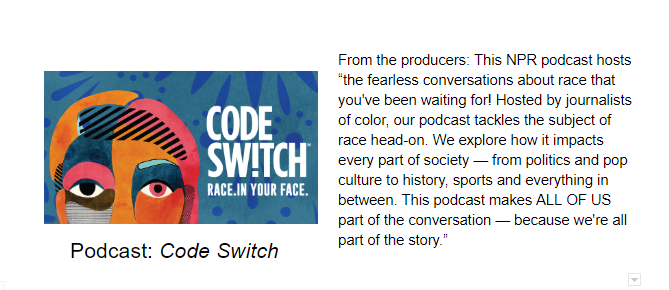
Note: This podcast sometimes includes strong language and violence.
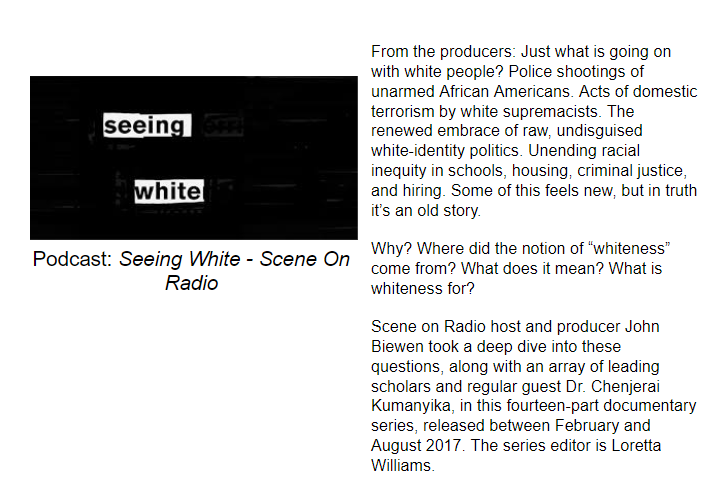
Teaching Bonus: The Seeing White website also features a study guide if teachers plan to listen to episodes with their high school students.
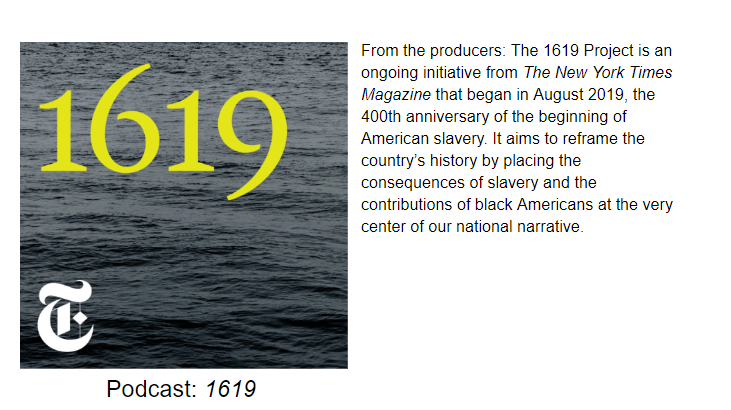
Resources for High School Learners
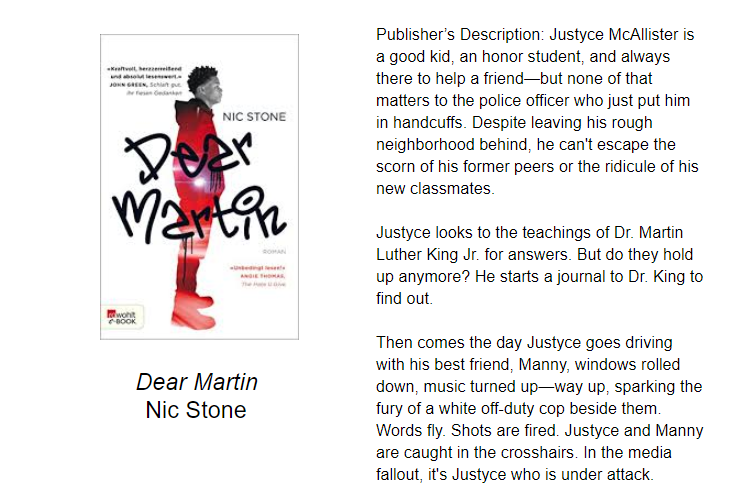
Note: this book includes some strong language and violence.
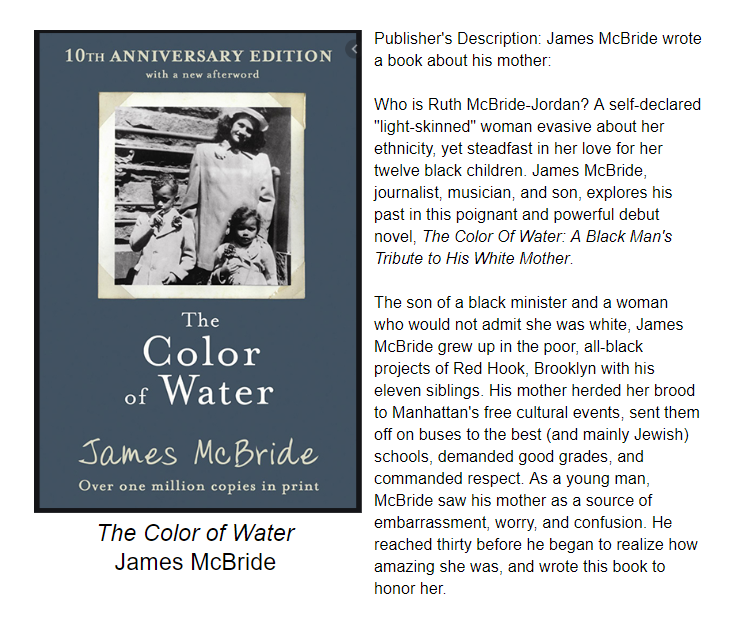
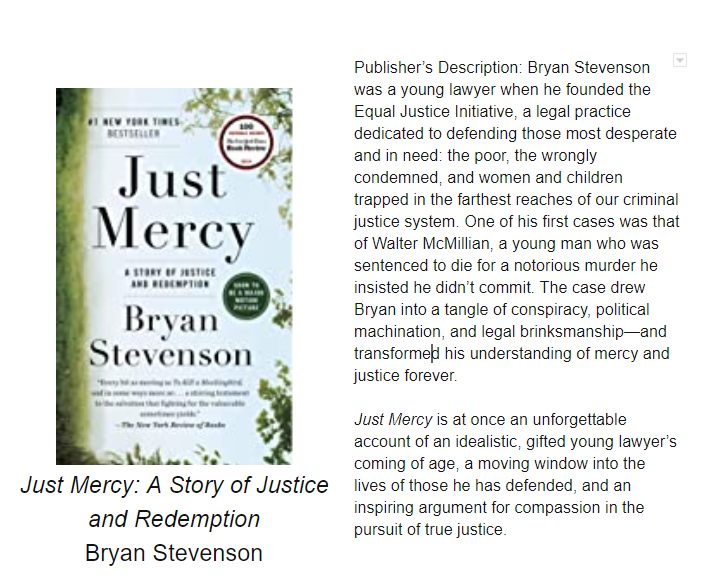
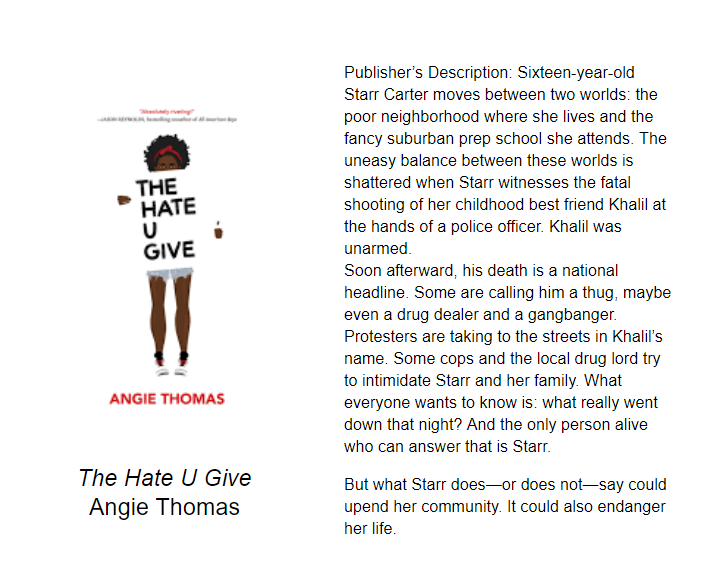
Note: this book includes strong language, drug references, and violence.
Bonus Teaching Note: The film adaptation is now available for free streaming.
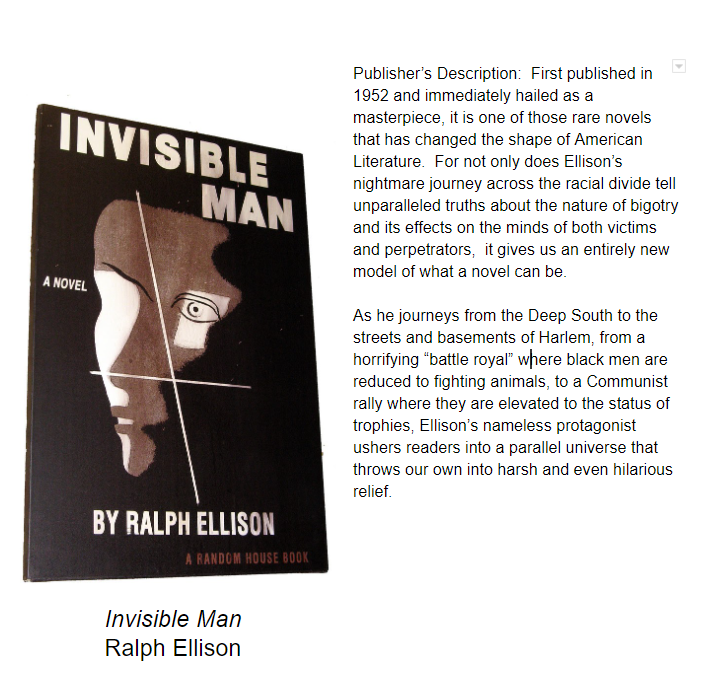
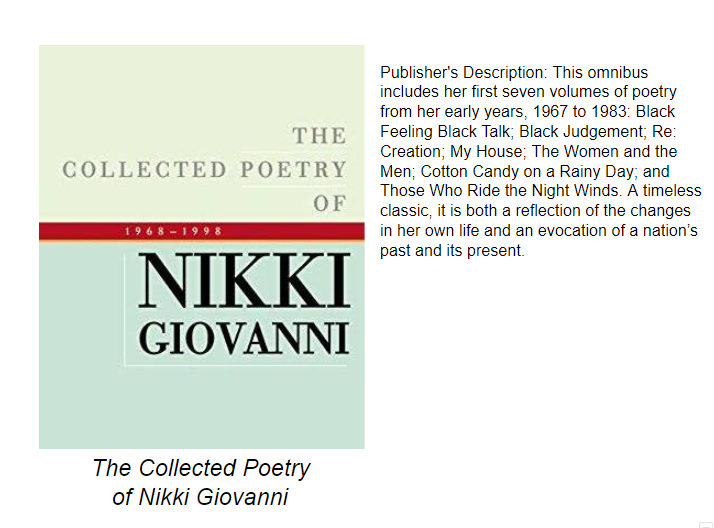
Teaching Bonus: Nikki Giovanni also has poetry collections that are perfect for younger readers, including Ego-Tripping (Middle School) and The Sun is So Quiet (Elementary)
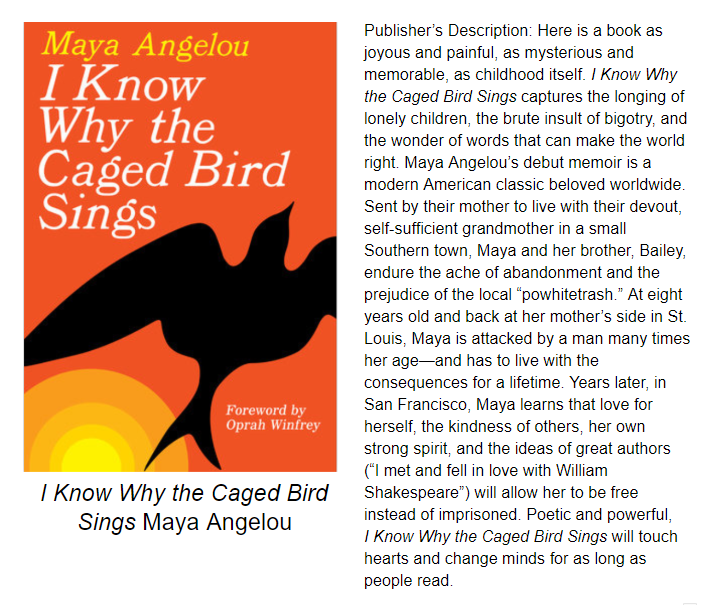
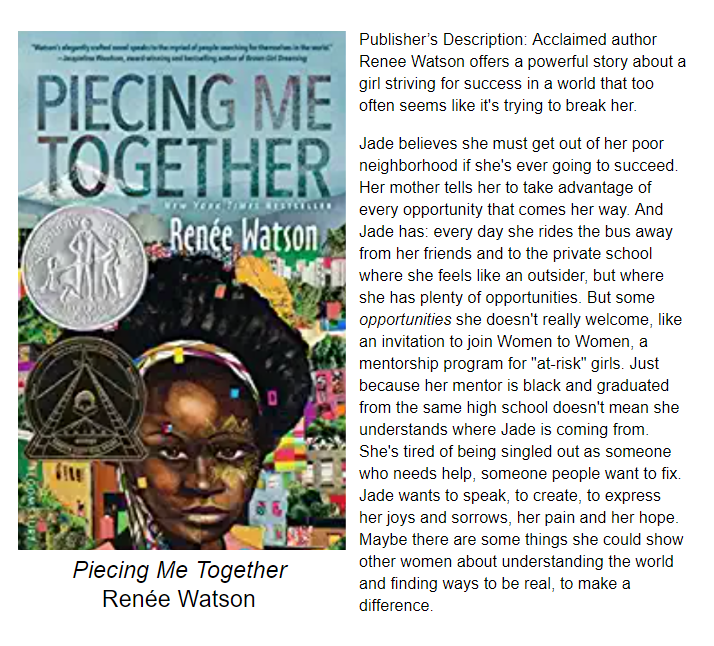
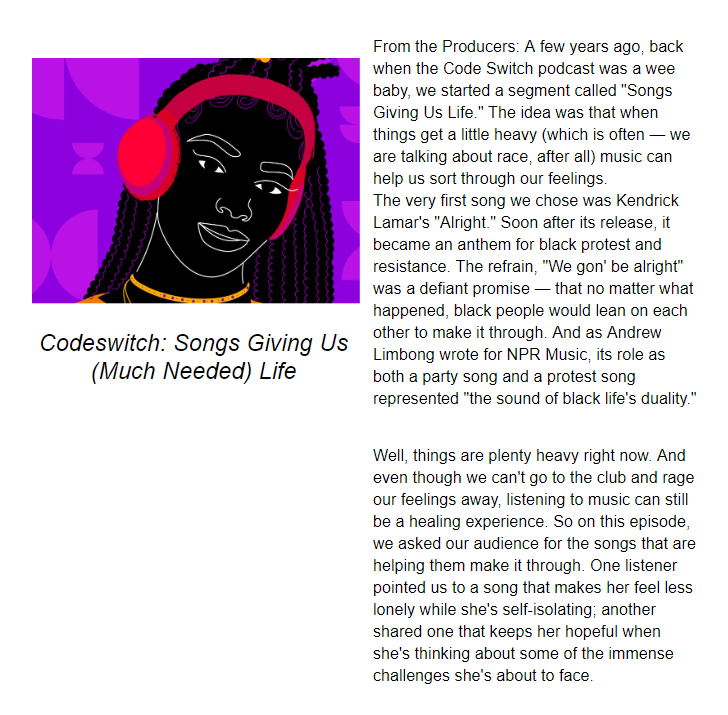
Resources for Middle School Learners
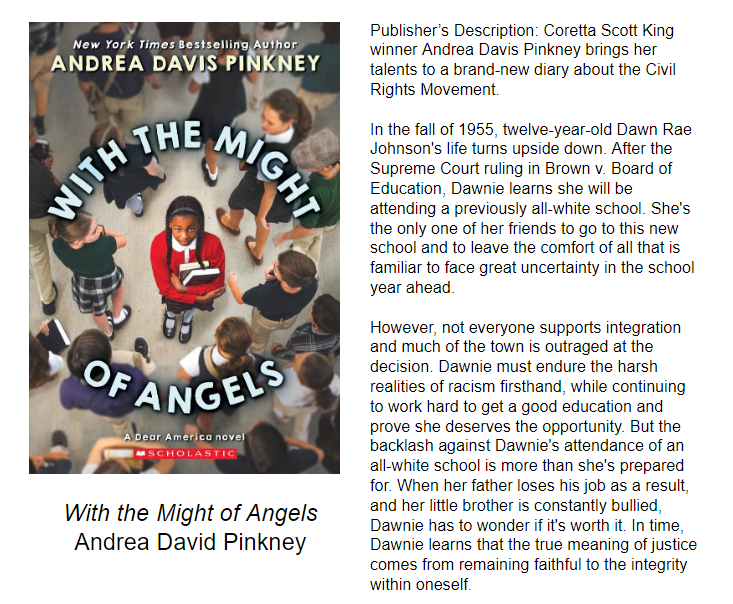
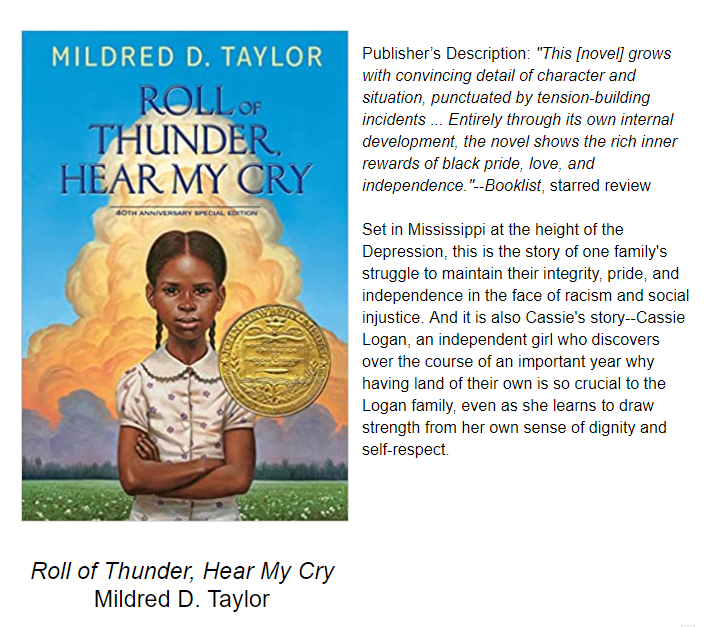
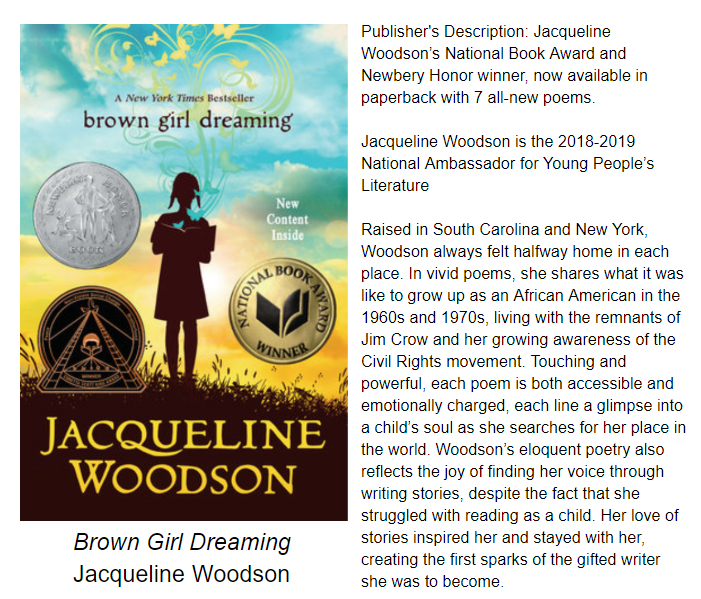
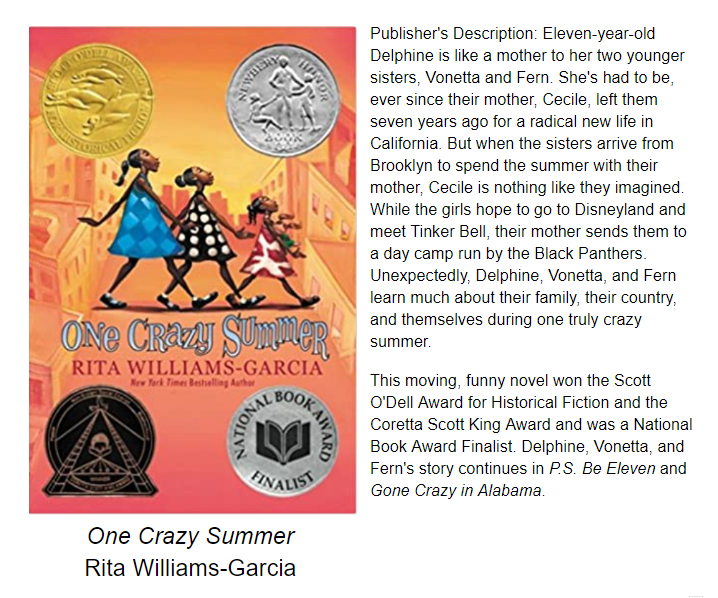
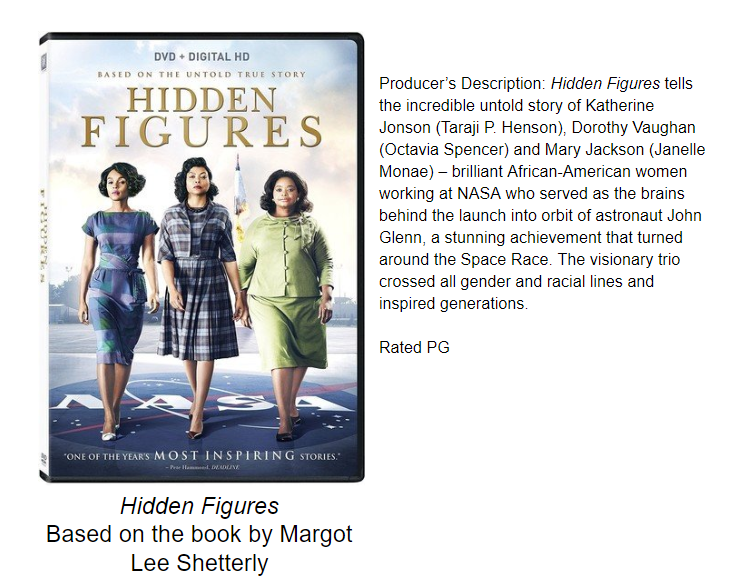
Bonus Teaching Notes: Journey’s in Film has created a free curriculum around this movie.
Students can (and should) also read the book on which the film is based by, Margot Lee Shetterly. In addition to the original, which is appropriate for high school readers, Shetterly has also written adaptations for both middle and elementary students.
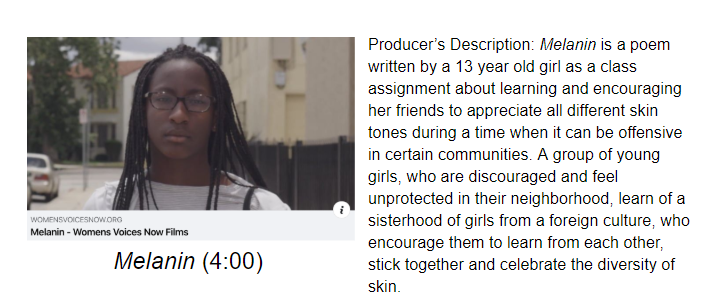
Resources for Elementary School Learners
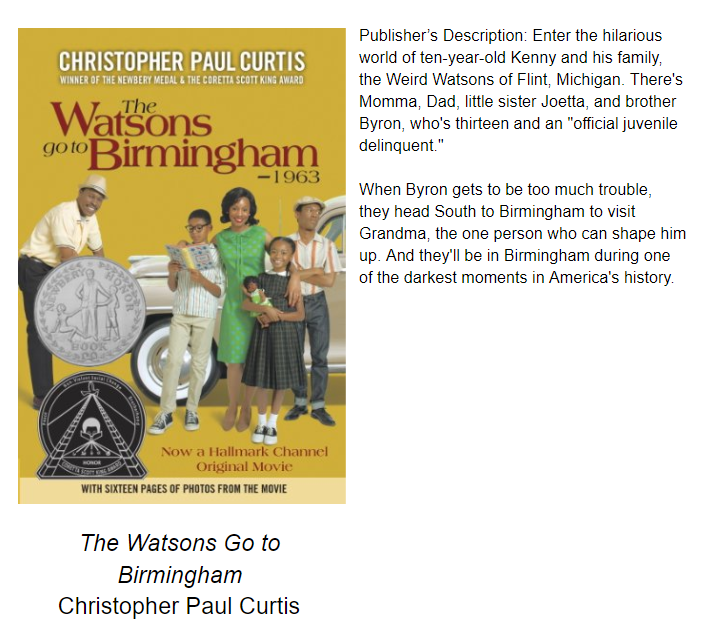
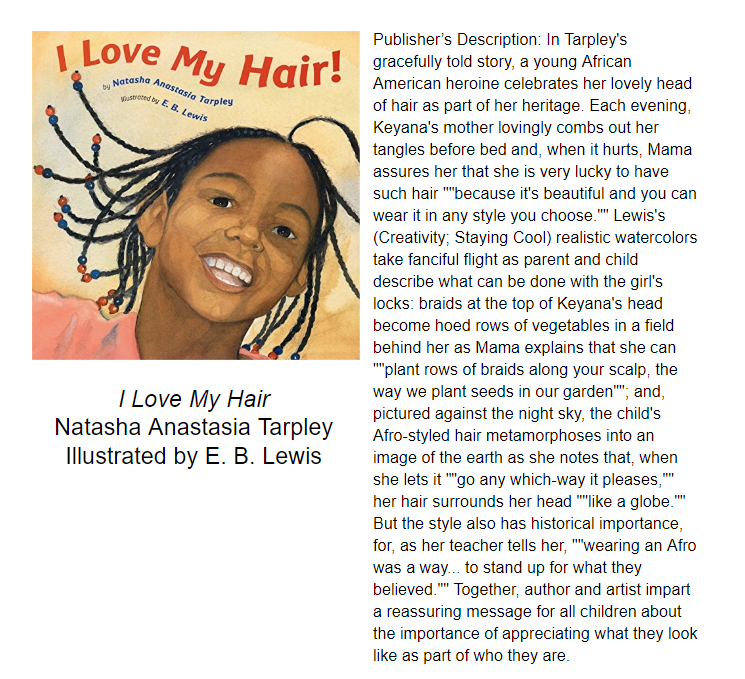
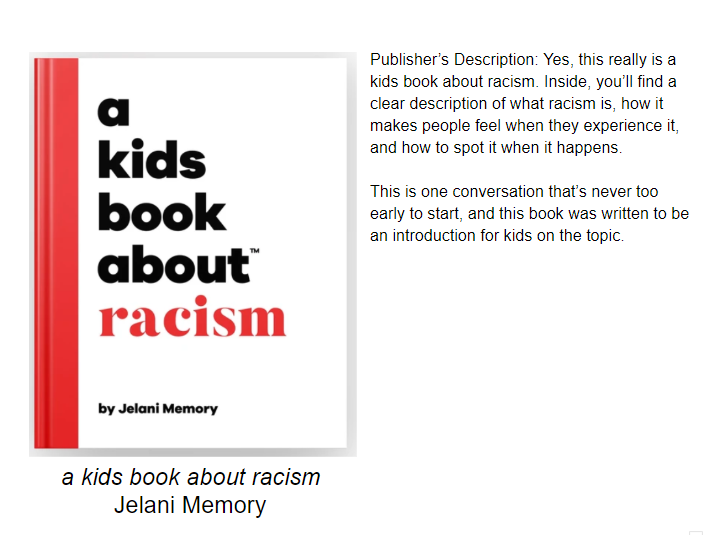
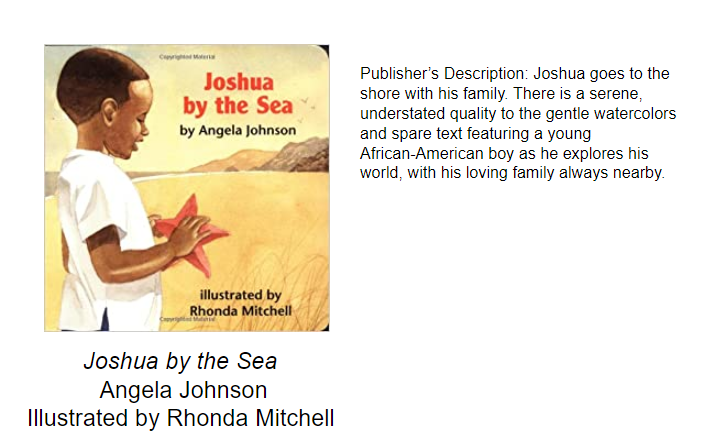
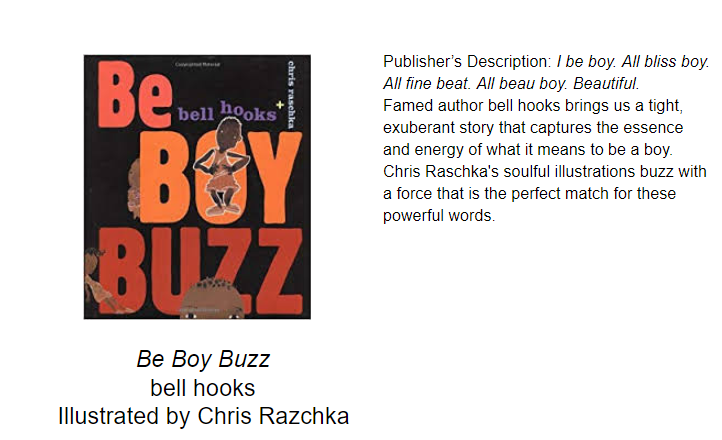
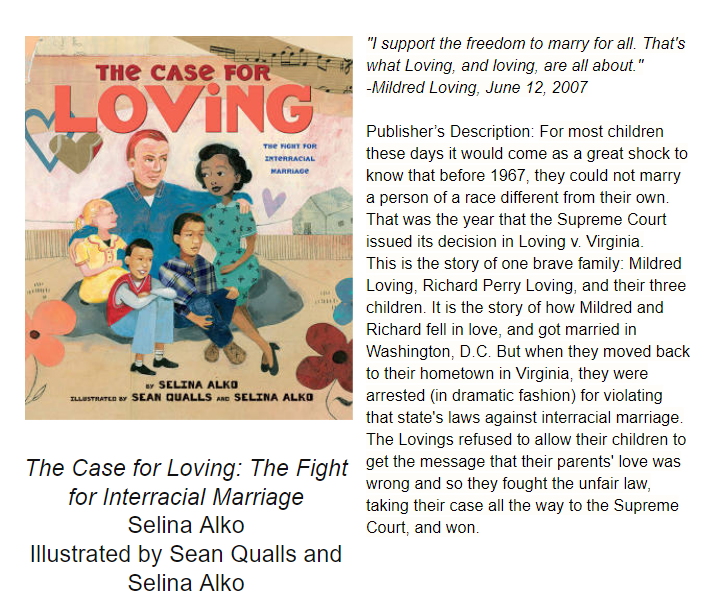
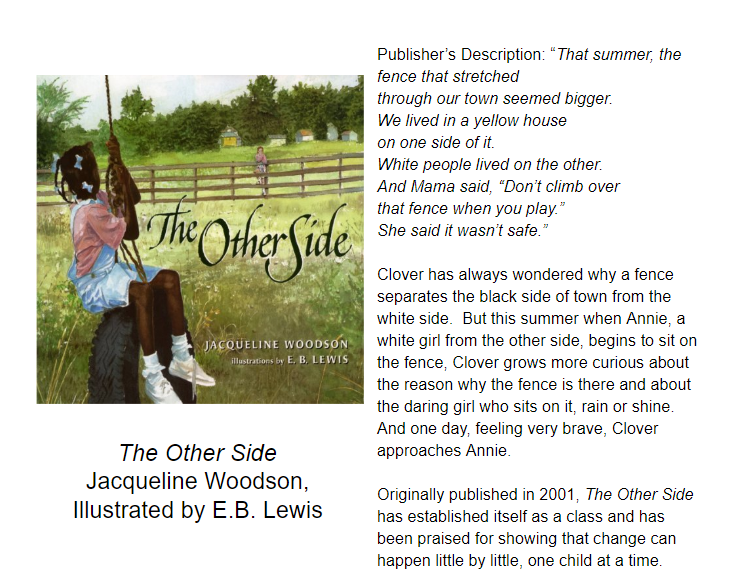
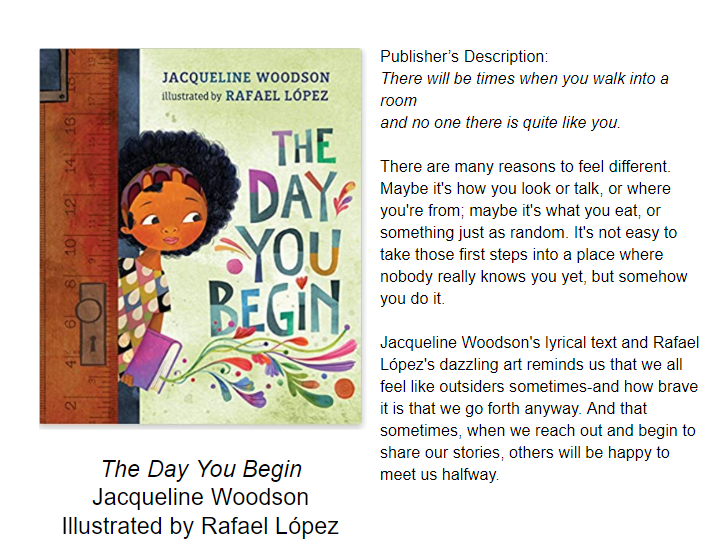
Additional Resources
- Black Lives Matter Instructional Library with TONS of Video Read-Alouds
- PBS: A Call to Action for white educators who seek to be anti-racist
- 31 Children’s Books to Support Conversations on Race, Racism, and Resistance
- Teacher Resources at Teaching Tolerance on Diversity, Equity, and Justice
- 37 Children’s Books to Help Talk about Racism and Discrimination
- The Brown Bookshelf: United in Story
- Order today from these Black-Owned Bookstores
- CommonLit Texts for Talking about Race
- A Guide to Equity and Teaching Antiracism for Educators, Hedreich Nichols for Edutopia

